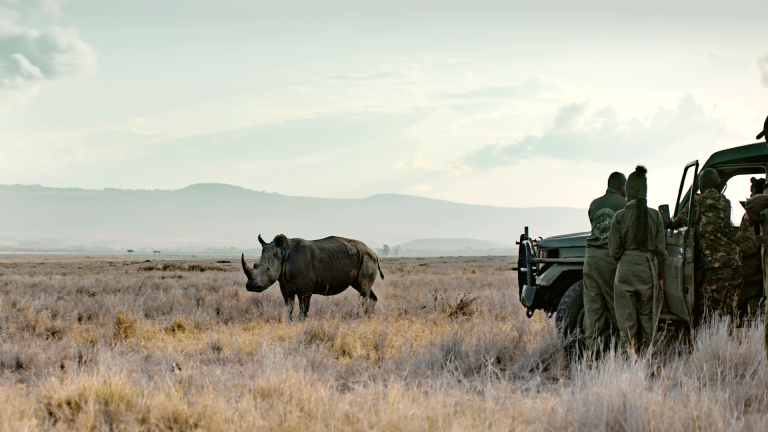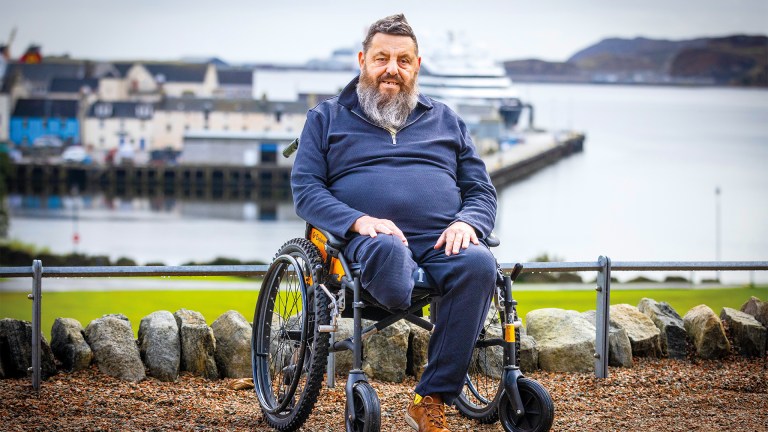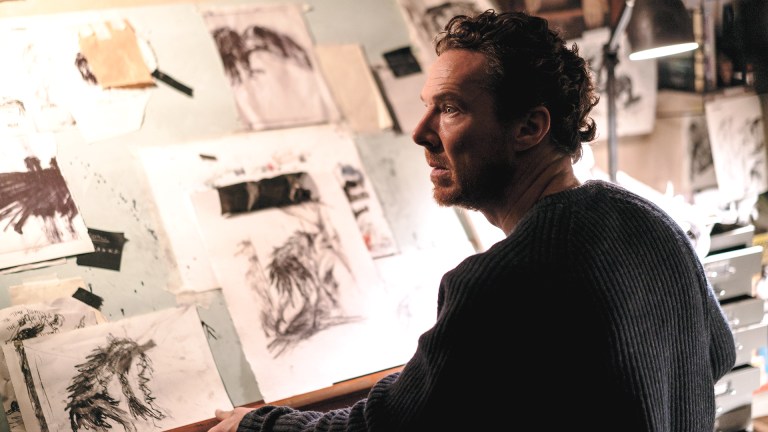 A Most Wanted Man deals with terrorism in Europe and the ineffectuality of authorities trying to deal with it, so it’s very topical.
A Most Wanted Man deals with terrorism in Europe and the ineffectuality of authorities trying to deal with it, so it’s very topical.
In the world we live in, the post-9/11 world, everything has changed so quickly in how we speak to other people and judge other people. The world is led by America to treat people immediately with an attitude almost like… they kill people until they are proven innocent.
The film is a spy thriller but a bit more realistic than a James Bond film.
There are not even any villains. The job of spying is so mundane. It would be very easy to have an antagonist but in a way any individual could be the antagonist. Are you worried about the world at large or are you worried about your neighbour?
Everyone in the film, and in real life, probably believes they are doing the right thing.
Well yeah but they are without soul. They are very mechanical. The question I wanted to ask is: were the reactions after 9/11 the right answers? And in that respect, probably not. Now we are working with the consequences.
He would antagonise some of the other actors to get a good reaction on camera
This was Philip Seymour Hoffman’s final film. What was he like to direct?
There was no bullshit. There was no vanity. He would antagonise some of the other actors to get a good reaction on camera. Of course, you never make a film that everybody likes. People who didn’t like the film said, “It’s slow, [Hoffman’s character] is smoking, he’s drinking”, but I could watch Philip for an hour doing that and I wouldn’t get bored. His whole body acts, his eyelid is part of the character. He was unbelievable.
As a photographer you’ve worked with many great artists through the decades. Do they and Hoffman share something in common?
They quite often are searching. I wouldn’t say they are all the same. Some people are quite secure, others are insecure. Philip was troubled because he wanted to be better than he was – I think that was part of the struggle. I know that he loved acting and at the same time it was something that he had real difficulties with. He said once to me that he hated what he loved.
What made your pictures stand out when you started working with bands like Joy Division, Depeche Mode and U2?
I used the band to build a mood that was similar to how I saw the music. I used the shape of their bodies, not their faces. That was uncommon, especially in the British press who always like to see clothes and hair. It’s a big thing in Britain, how people look. For me it was always more what was inside.









